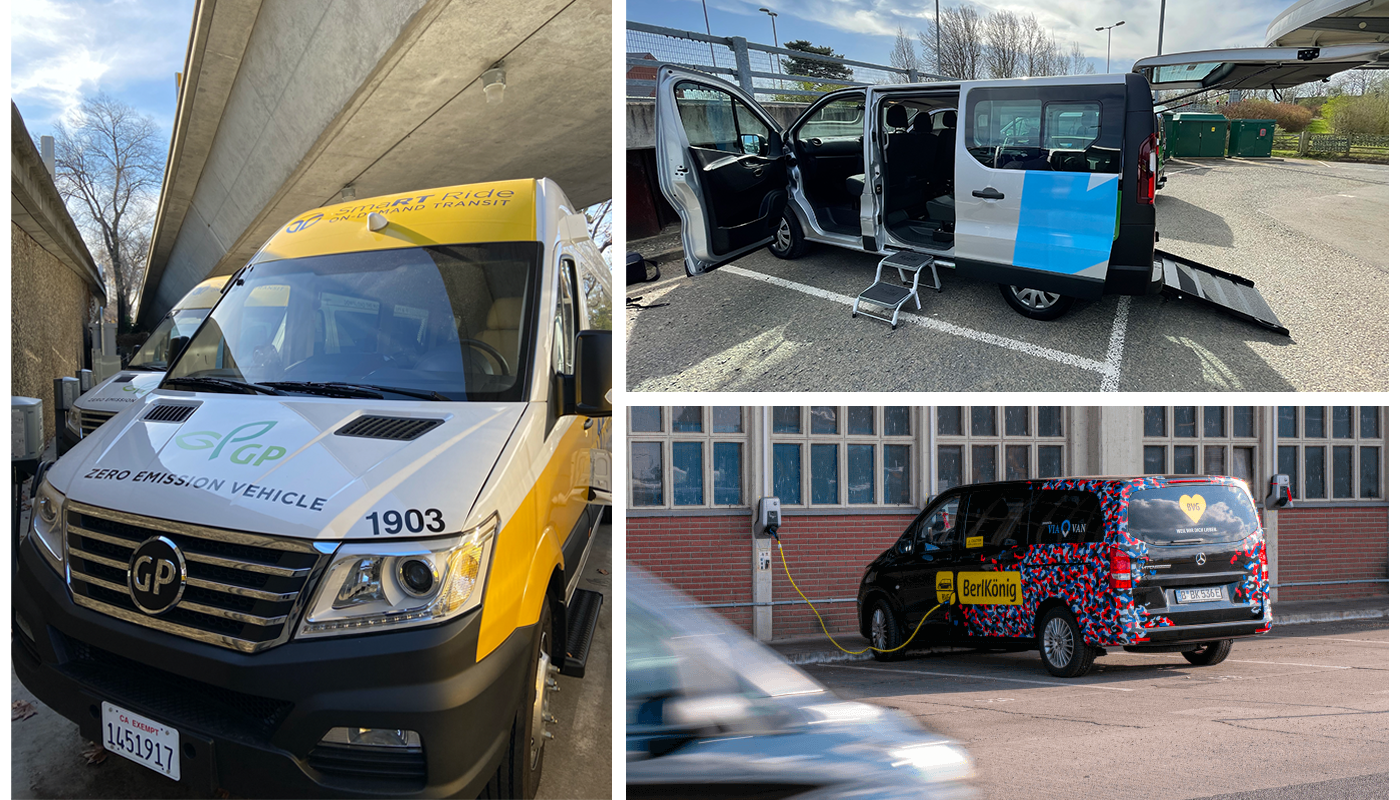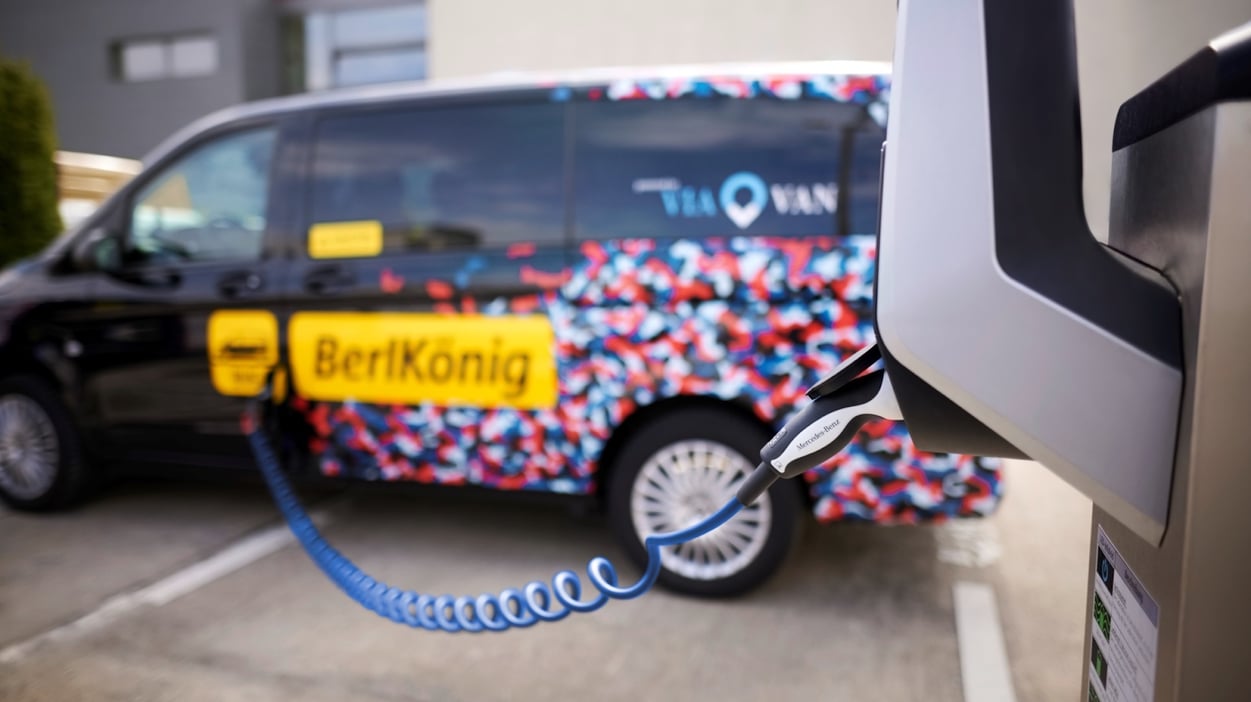Ask any city leader or transportation expert to talk about their vision for a low-carbon future, and electric vehicles (EVs) will be prominently featured. Transportation generates the largest share of greenhouse gas emissions, so EVs are a critical piece of the transportation decarbonization puzzle.
Transit fleets are especially well suited for vehicle electrification, for a number of reasons. Because fleet vehicles are so heavily utilized, EVs have a much shorter “payback period” in a fleet than when they are privately owned. Even though they may cost more up front than conventional internal combustion engine (ICE) vehicles, they quickly make up for it — while saving more money for transit agencies the longer they remain in service.
In addition, when transit agencies build out EV fleets and the corresponding charging infrastructure, they encourage more people in their local communities to adopt EVs as private vehicles, as well. Investments in infrastructure not only electrify transit fleets — they also help address “range anxiety” (the fear of being stranded far from a charging station) and encourage more people in local communities to adopt EVs, secure that adequate stations are already in place. In fact, simply having more EVs in the transit fleet raises the visibility of EVs overall, so more riders consider them if they are thinking about purchasing a vehicle for private use.
Adding EVs to transit and microtransit fleets is also a great way to allow more communities to experience the benefits of electrification, namely cleaner air and quieter rides. This is especially important as communities seek to expand transit into historically underserved communities and environmental justice areas.
But what happens after the vehicles arrive? Thinking ahead, many city and transit managers are wondering how challenging it will be to plan, manage, and schedule a fully electrified fleet or a mixed fleet of ICE, hybrid, and battery EVs. Where should the charging stations be placed? When and where should fleet vehicles recharge? How do you plan shifts for a hybrid fleet of ICE and electric vehicles?

The answer to all of these questions is: let specialized technology do it for you. Intelligent fleet choreography from Via can easily handle any mix of fleet vehicles with five key capabilities:
- Infrastructure optimization. Sophisticated software can help planners identify the optimal locations for charging infrastructure, taking into account access needs for public fleets as well as private vehicles.
- Manage EVSE capacity and schedules. Allow fleet managers to schedule blocks of time during which the public can reserve or drive up to charging equipment, while preserving capacity during key periods of expected demand for city or transit fleets.
- Fleetwide battery optimization. Intelligently assign and route vehicles to available charging stations, optimizing for fleet-wide battery capacity, real-time traffic conditions, and upcoming rides. Via’s technology will allow for maximum vehicle up-time by intelligently scheduling charging shifts.
- Real-time EV status. A single map-based interface displays the real time location and battery level of all EVs in your fleet. Managers can zoom in to view additional vehicle telematic detail, contact drivers, and complete other tasks.
- Integrate with energy management software. Minimize cost and environmental footprint by integrating Via’s EV management features with a range of demand management tools offered by partners.

These capabilities run side-by-side with the core microtransit platform features that Via has deployed around the globe, so communities can manage any mix of vehicles conveniently and efficiently. In fact, these kinds of low-carbon mobility fleets are already in service around the world.
In Berlin, Germany, Via launched the world’s largest electric microtransit fleet in partnership with Berliner Verkehrsbetriebe in 2018, delivering up to 25,000 rides per week. Via has incorporated EVs in dozens of cities around the world. These include Milton Keynes, UK, which implemented an electric on-demand transit service to meet its 2030 climate goals, and in Sacramento, California, where the SmaRT on-demand transit service added nine GreenPower EV Star vehicles as part of a major service expansion.
Given the rising popularity of EVs, the urgency of reducing emissions, the necessity of phased implementation, and the availability of funding for EV projects, there has never been a better time to start electrifying shared transit. The future of public transit will involve both EVs and on-demand fleets, and Via is ready to help you get there as smoothly as possible.




